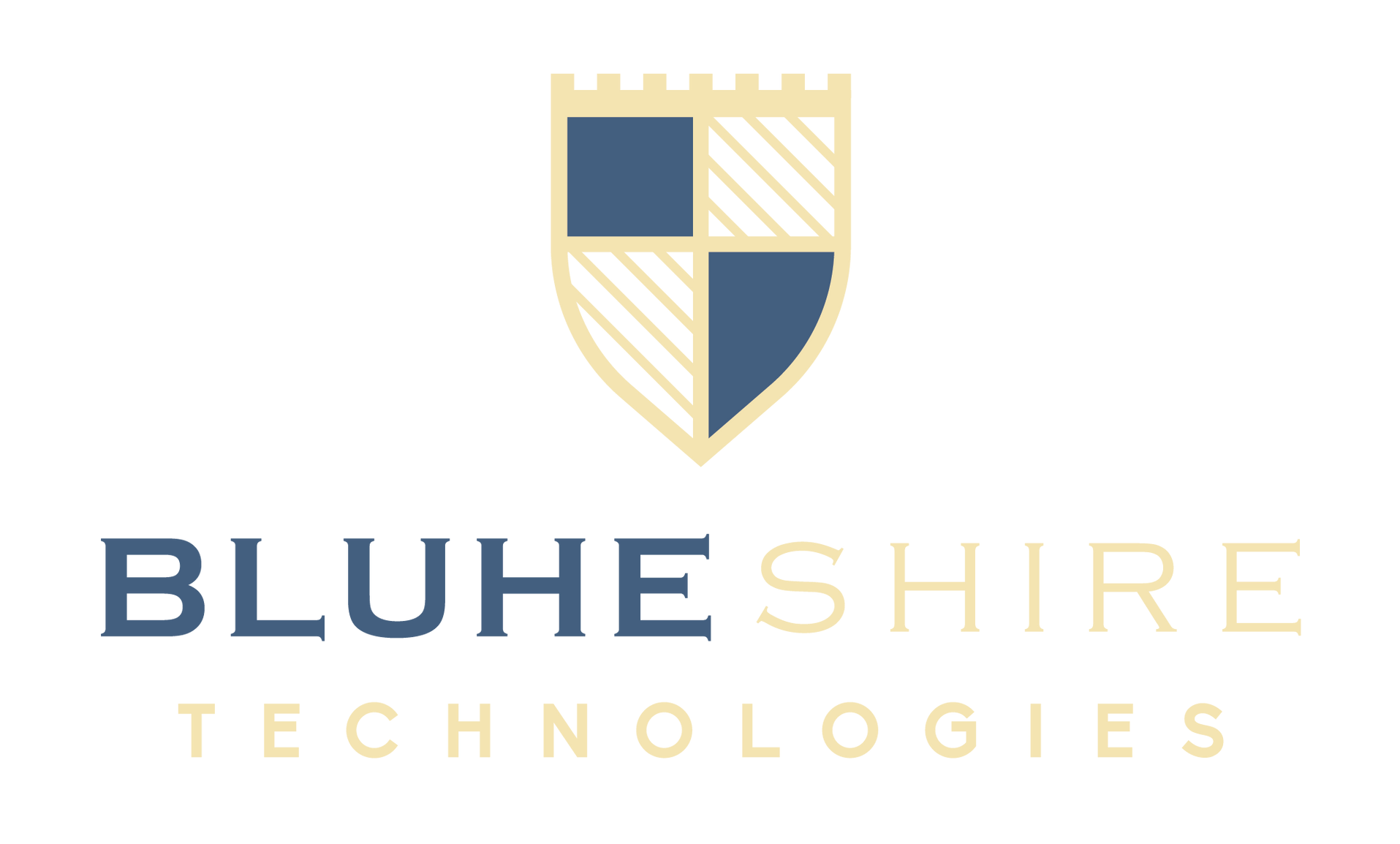Generating of Bitnodes
Generating and validating bitcodes or any other assets typically involves cryptographic methods and procedures to ensure uniqueness, security, and integrity. Here's a general outline of how you might generate and validate bitcodes within the Nexore One platform:
1. Generation of Bitcodes:
a. Unique Identifier:
Each bitcode should have a unique identifier associated with it. This can be a combination of alphanumeric characters or any other format that ensures uniqueness.
b. Cryptographic Hashing:
Utilize cryptographic hashing algorithms (e.g., SHA-256) to generate a hash value from the unique identifier. This hash will serve as the bitcode.
c. Integration with Nexore One:
Integrate this hashing process within the Nexore One platform, ensuring that every M1 fund converted to bitnodes goes through this process to get its unique bitcode.
2. Validation of Bitcodes:
a. Decryption and Hashing:
When a bitcode is presented for validation, it can be decrypted (if encrypted for additional security) and hashed using the same algorithm used for generation.
b. Comparison:
Compare the newly generated hash with the stored hash in the Nexore One platform. If they match, the bitcode is considered valid; otherwise, it may be tampered with or incorrect.
c. Timestamps and Metadata:
To enhance security, each bitcode generation and validation process can be timestamped. This helps in tracking the lifecycle of each bitcode and ensures that it hasn't been tampered with after its creation.
Another term for "Bitnodes" in the context of digital assets or tokens could be "Digital Tokens" or simply "Tokens." Depending on the specific terminology and nomenclature used within different platforms or applications, other terms such as "Asset Tokens," "Crypto Tokens," or "Blockchain Tokens" might also be utilized to refer to digital representations of value or ownership on a blockchain network. The precise terminology may vary based on the specific context, industry, or platform in which these digital assets are being discussed or managed.


